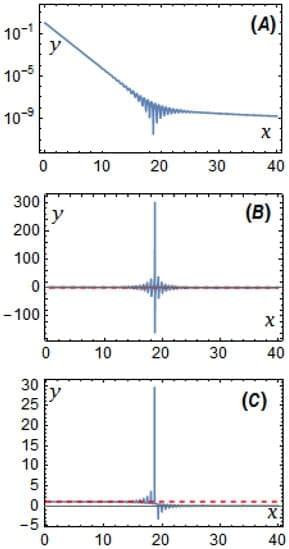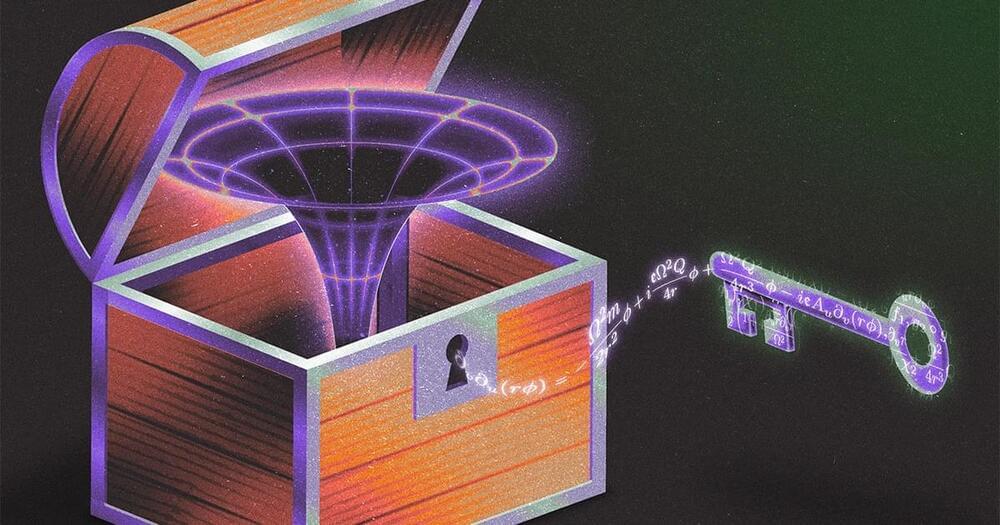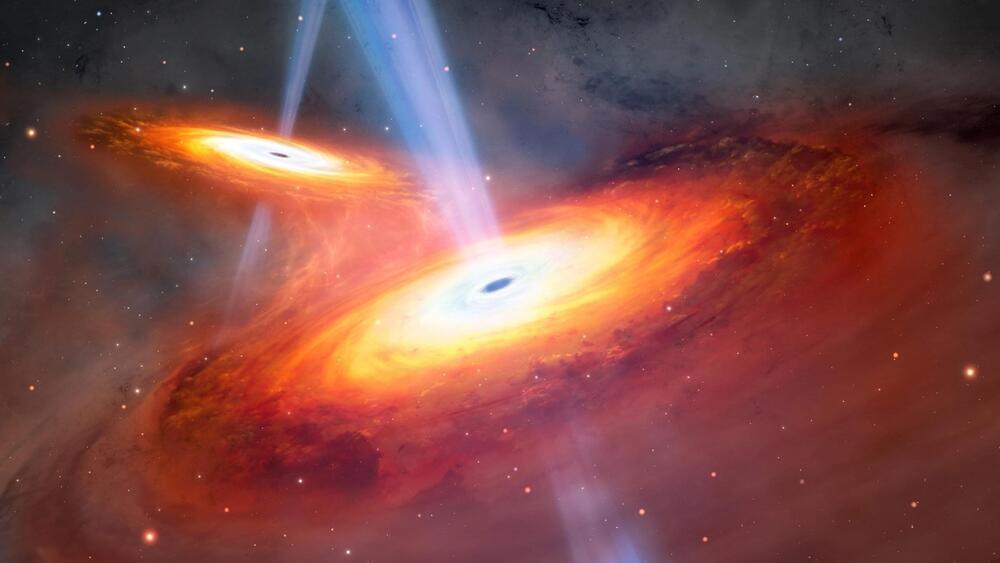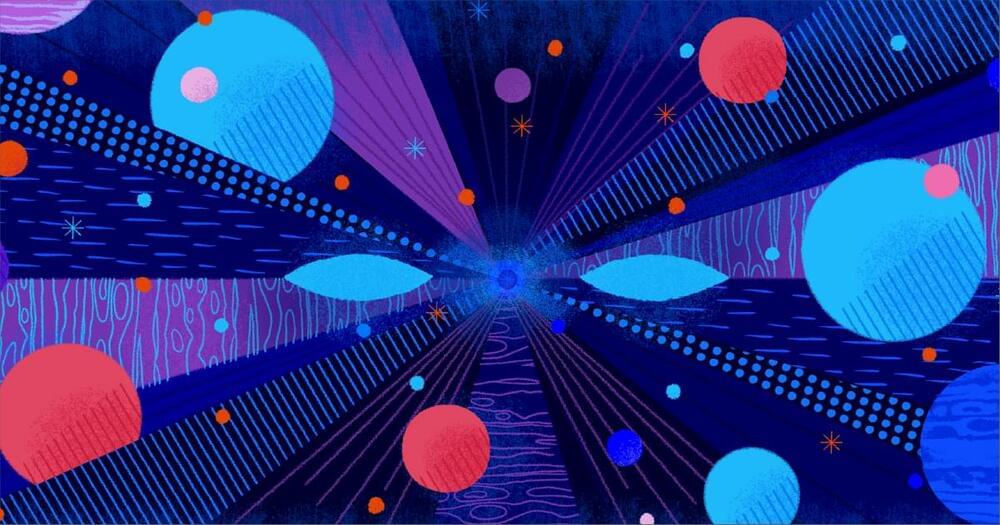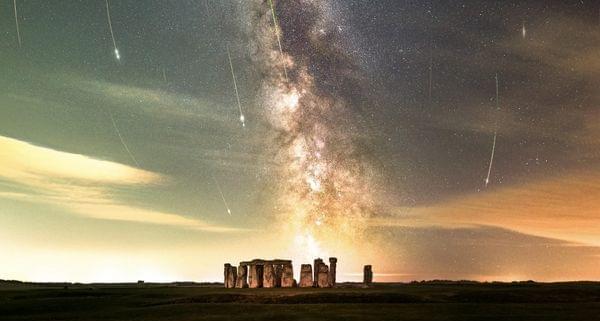Read the paper published in our journal Symmetry:, which has been viewed many times, authored by Krzysztof Urbanowski (Uniwersytet Zielonogórski)
Estimates of the Higgs and top quark masses, mH≃125.10±0.14 [GeV] and mt≃172.76±0.30[GeV], based on the experimental result place the Standard Model in the region of the metastable vacuum. A consequence of the metastability of the Higgs vacuum is that it should induce the decay of the electroweak vacuum in the early Universe with catastrophic consequences. It may happen that certain universes were lucky enough to survive the time of canonical decay, that is the exponential decay, and live longer. This means that it is reasonable to analyze conditions allowing for that. We analyze the properties of an ensemble of universes with unstable vacua considered as an ensemble of unstable systems from the point of view of the quantum theory of unstable states. We found some symmetry relations for quantities characterizing the metastable state.
